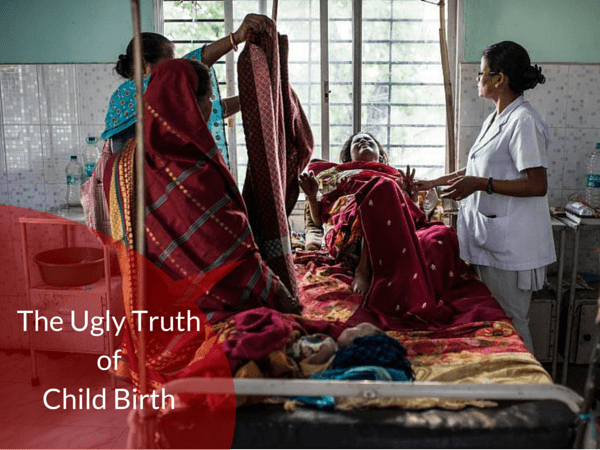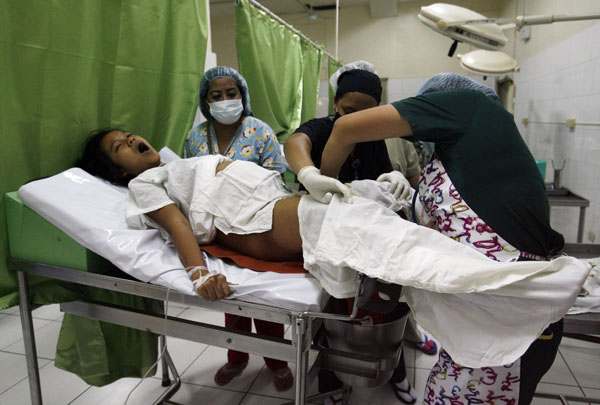Giving birth to a baby maybe the biggest miracles of life but going through is not an easy thing. Especially, in some of these government hospital facilities where things like “Why don’t you open your legs now, you weren’t so shy when you got pregnant.” are said in an obstetric ward to demean the patient and shut her screams and wails of labour pain.
Think how painful it would be for a woman when a verbally abusive behavior and lack of empathy from hospital staff adds up to her labour pain! As if the process of child birth is not difficult enough already that these women are slapped, pinched or verbally abused and in fact are also insulted for having sex by the hospital staff! This nightmare has been lived by these women in most of the government hospitals not only in India but in many other developing countries too.
When Sohini Chattopadhyay, the journalist who originally discovered this story in Public Health system; went undercover to see how women are treated in a large government hospital in Kolkata, what she found is how difficult it is for a woman to give birth in a public hospital. Most of the women face problems like privacy issues, bad behavior of staff which includes hitting the patient and at a times verbal abuse with statements like “Why are you screaming now, weren’t you screaming in pleasure when you were getting fucked?” Such kind of staff behavior is a reason why many women avoid going to hospital for child birth rather they prefer delivery at home by an unskilled and non-certified midwife.
As per United Nations Millenium Development the goal for India was to reduce women’s health issues in India like the maternal mortality rate to 109 deaths per 100,000 deaths by 2015 – as a solution government introduced the Janani Suraksha Yojana in 2005 which has been helpful in dropping the mortality rate but still the goal is not achieved yet and far from being justly achieved.
Episiotomy is a surgical cut made at the opening of the vagina, during childbirth, to aid a difficult delivery and prevent rupture of tissues. The small cut between vagina and anus enlarges to facilitate the passage for baby.
Many a times in these hospitals episiotomy is done as a common practice while the American Congress of Obstetricians and Gynaecologists has restricted this procedure for severe and complicated childbirth cases that need this surgical intervention.
What have they done to get discriminated and abused due to their poverty, socio-economic status or willingness to get access to better health facilities whereas some of these healthcare professionals have just their frustration, lack of privacy, abuse and ill behaviour to offer?
When the issue of harassment during delivery (one of the crucial and embarrassing women’s health issues in India) is brought under the lenses of human rights, as per Kerry McBroom, reproductive rights director of the Human Rights Law Network, who traveled to hospitals across the country to monitor how women are treated; the discrimination on the basis of social and economic standard play major role over here as according to her study doctors and wealthy people see poor women as responsible for population growth and they can’t accept the fact that another poor person coming to this world and this attitude is contagious infecting healthcare staff across the hierarchy.
This attitude makes it difficult for women to feel safe about their own health and health of their children with such kind of staff.
Is this humiliation, malpractices and neglect is what one deserves when they opt for a medical facility and entrust their lives in the hands of these Doctors and Nurses?
Source:
http://scroll.in/article/729784/does-better-healthcare-for-indian-mothers-mean-abusing-and-hitting-them
http://www.vagabomb.com/The-Harsh-Reality-of-Women-Facing-Obstetric-Violence-in-Hospitals-in-India/?ep=swx









,